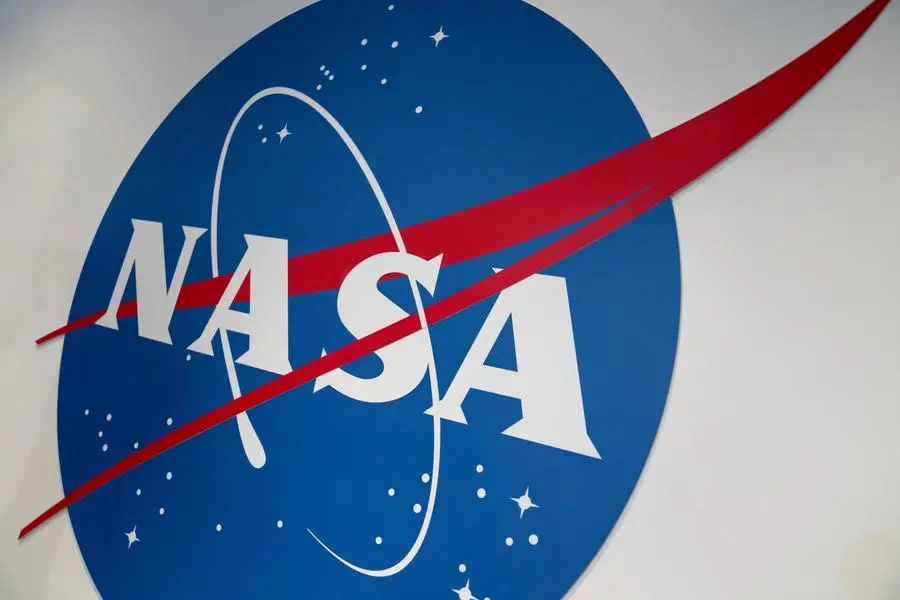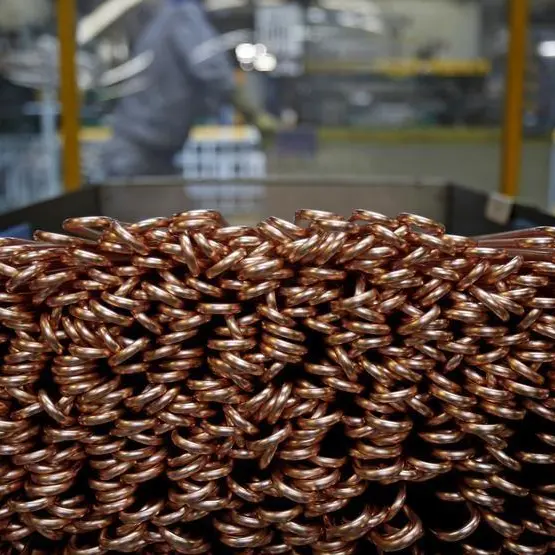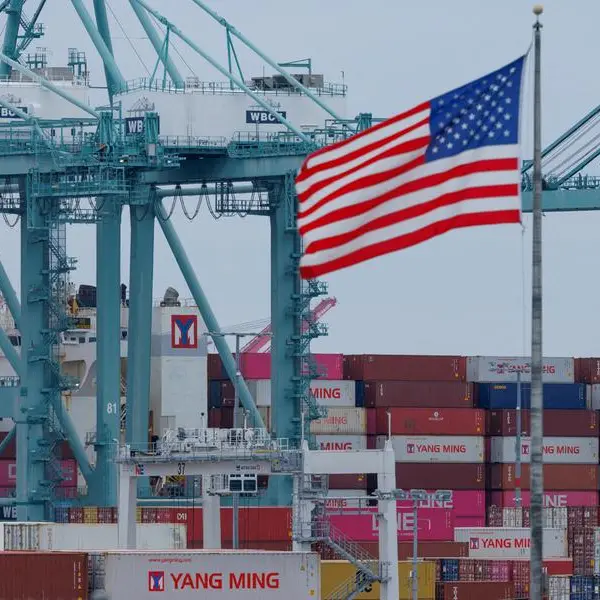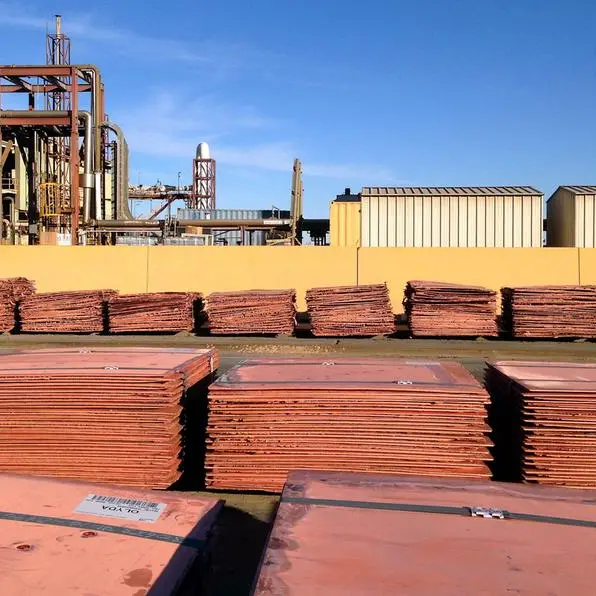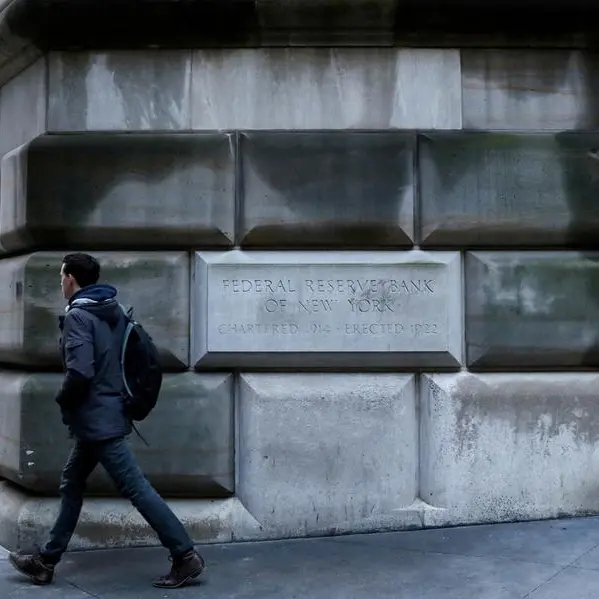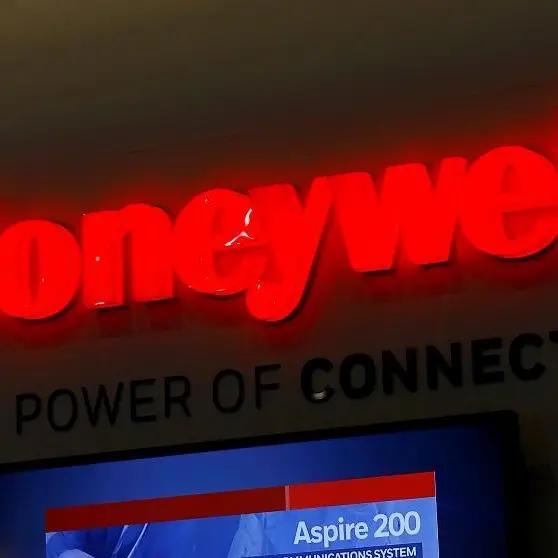PHOTO
The NASA logo is displayed at the Earth Information Center exhibit, at NASA headquarters in Washington, DC, on June 21, 2023. - NASA’s Earth Information Center, which is part physical, part online, is an effort that blends science and visualizations to allow visitors to see how our planet is changing. (Photo by Stefani REYNOLDS / AFP)
Florida: American astronauts Barry 'Butch' Wilmore and Sunita 'Suni' Williams are stuck in space — for now — as NASA and Boeingwork through issues with the Starliner spacecraftthat brought them up to theInternational Space Station (ISS).
Starliner is a space capsule built by Boeing as part of NASA's Commercial Crew Program, an initiative where private companies provide private spaceflight services to the ISS. Rival SpaceX also provides such services.
Wilmore (flight commander) and Williams (pilot) were at the helm of the Boeing-built capsule in its first crewed test flight to the ISS, which overcame pre-flight technical problems to dock with the space station on June 6.
But persistent issues involving helium lines into the thrusters and the propulsion system generally have kept the Starliner moored to the ISS ever since, with NASA and Boeing teams still working to safely return the astronauts to Earth.
Currently, NASA has outlined two options — either fix the issues so the astronauts can pilot Starliner back to Earth, or return Starliner to Earth ‘uncrewed'.
That second option would leave Wilmore and Williams to come home with SpaceX's Crew-9 mission in February 2025 — prolonging their stay from an initially planned eight days to around eight months.
What happens to humans in space?
There are unquestionablyhealth risks associated with space travel, but astronauts like Wilmore and Williams are highly-trained and experienced at living aboard their ‘second home' — the ISS.
If they return home in February, they will have experienced eight months more radiation exposure than originally anticipated.
But that's still a comparatively light dose compared to exposure for other astronauts. Russian cosmonaut Oleg Kononenko, for instance, has spent more than 1,000 days in space. His current stint began in March.
One of the big challenges to human health in space is weightlessness. Because humans have evolved with Earth's gravitational pull, our bodies are simply not optimized to live without it. The absence of gravity can cause a loss in bone density, increase the risk of developing kidney stones, alter eyesight and have a negative impact on the cardiovascular system.
Studies have also shown that exposure to higher radiation levels in space increases the risk of cancer and causes muscles to atrophy.
An astronaut's perspective
In a press briefing on Wednesday, NASA's chief astronaut Joe Acaba — who has spent 306 days in space himself — highlighted the inherent risk of space travel that all astronauts face.
"We embark on missions fully aware of the various scenarios and outcomes that may become our realities. We undergo rigorous training to prepare both mentally and physically for the challenges that may arise during any given mission," Acaba said.
"Human spaceflight is inherently risky and as astronauts, we accept that as part of the job."
What are the Starliner astronauts doing to fill the time?
While Starliner remains docked, Wilmore and Williams are keeping busy. They have 'integrated' into the station's work rota with the other ISS crew members, which includes four members of the SpaceX Crew-8 and three of the Soyuz MS-25 mission.
"They are as busy as any other crew that is up there," said Acaba.
How will they know whether Starliner is safe to return?
While project teams work through available data, a multi-layered review process is still underway that will ultimately decide whether Starliner returns to Earth with Wilmore and Williams on board. At this stage, NASA officials are still gathering data to inform these review processes.
Regular programme meetings have been held — most recently last week — to assess progress among the specialist teams analyzing Starliner data.
NASA is also conducting an agency-level Flight Readiness Review, where three independent technical agencies are involved. The reviewers include members of its Safety and Mission Assurance, NASA's Chief Engineer, and the agency's Chief Health and Medical Officer.
Once complete, this review will hand recommendations to NASA's Associate Administrator for Space Operations Ken Bowersox, who will poll his teams on whether a return to Earth should go ahead, then make a flight decision.
"At the agency review, I go ahead and say what my call is," said Bowersox.
"At that point we could have a persistent dissenting opinion, it could come up after a PCB and then be raised at the Flight Readiness Review, it could be elevated beyond that."
Dissenting opinions on whether to proceed could be elevated to NASA's Associate Administrator Jim Free, or potentially to Administrator Bill Nelson for final input.
Has this happened before?
NASA says mid-mission Flight Readiness Reviews are not unheard of. Officials confirmed a similar mid-mission review was held whenSpaceX's first crew test flight was launched back in 2020.
"Before each major milestone, especially on a test flight, we will execute a thorough readiness review," said NASA's chief flight director Emily Nelson, "We don't always call in agency leadership for this conversation specifically, but we certainly review our readiness before each dynamic milestone."
When will NASA decide?
Although there's no hard cut-off, logistics will play a part in Ken Bowersox's decision. Right now, it's looking like NASA will make a call on how Wilmore and Williams will return by the end of August.
Even though Boeing and SpaceX are both part of NASA's Commercial Crew Program, their spacecraft and mission equipment are unique, including the spacesuits the astronauts wear. Should Wilmore and Williams be forced by an emergency to return on the SpaceX Crew Dragon 2 spacecraft, they may therefore have to do so ‘unsuited'.
If the final decision is in favor of a planned return for the Starliner crew on the SpaceX capsule, Wilmore and Williams will be provided appropriate suits for return. Because of the Starliner repair job, the next SpaceX flight to the ISS won't launch until at least September 24.
© Muscat Media Group Provided by SyndiGate Media Inc. (Syndigate.info).
